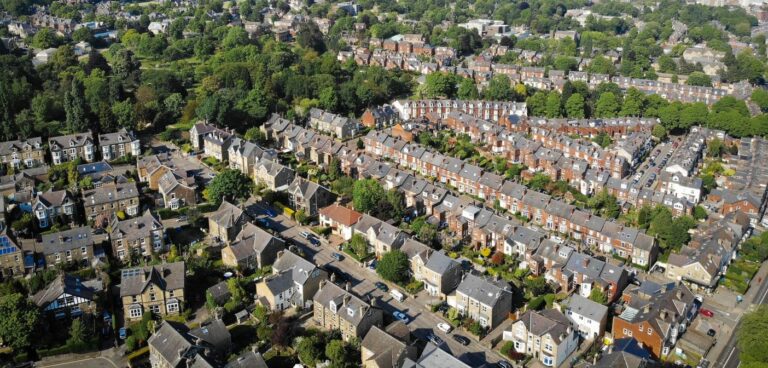Transport will play a major role in developing sustainable suburban areas, according to a new report from the Urban Transport Group.
The report, titled The Good Life: The role of transport in shaping a new and sustainable era for suburbs, explains that, despite suburbs housing 80% of the British population, these areas are often neglected in favour of either cities or rural areas when it comes to transport planning.
It states that, given this is where the major of the population lives, transport decarbonisation measures will need to consider suburban areas to be successful.
According to the report, the coronavirus pandemic and the current environmental emergency have created a chance to revise the approach to suburban planning and to look to a more sustainable future that also improves residents’ quality of life.
Rebecca Fuller, assistant director at the Urban Transport Group, said: “The pandemic has forced us to move away from the idea that suburban transport is mostly about moving commuters in and out of town and city centres.
“The suburbs feature many more journey types, made by a diverse group of people, and these journeys now need to be made more sustainably in the face of the climate crisis.
“Far more attention needs to be made to suburban transport planning now than it has in the past.
“This report sets out the transport foundations for a new era for suburbs, and whilst it presents some potential solutions, it also aims to trigger wider debate about the role transport can play and the specific transport solutions that will help suburbs to thrive in a sustainable and equitable way.”
The report offers four foundations for this new era, which reportedly consider journeys, city commuters, home workers, school children and other relevant groups.
These foundations are suburban planning, local access to necessities, family-focused and sustainable transport, the gentle densification of supportive infrastructure and reliable and well-connected services.
The report urges policy makers to jointly consider both transport and suburban decarbonisation, from using innovative solutions like community microgrids to supply energy, to the integration of blue and green assets, like rain gardens, into transport services.
The report includes case studies on how these initiatives have already been attempted.





